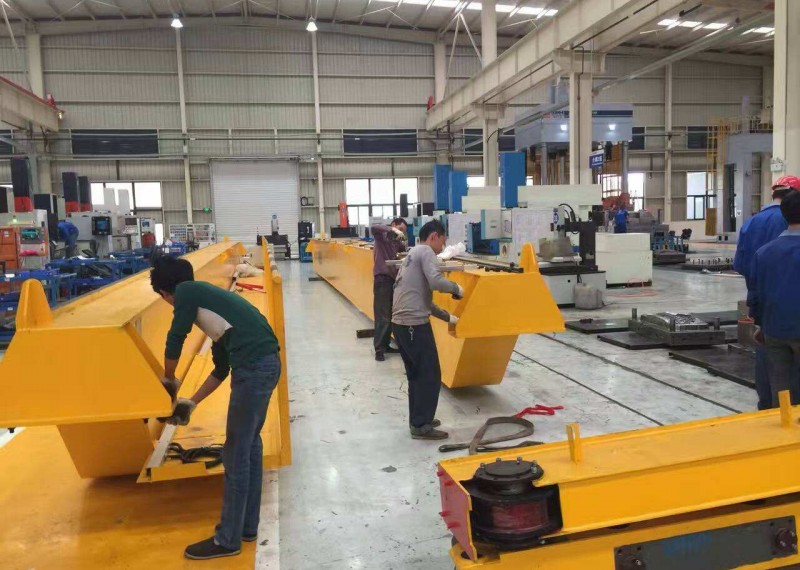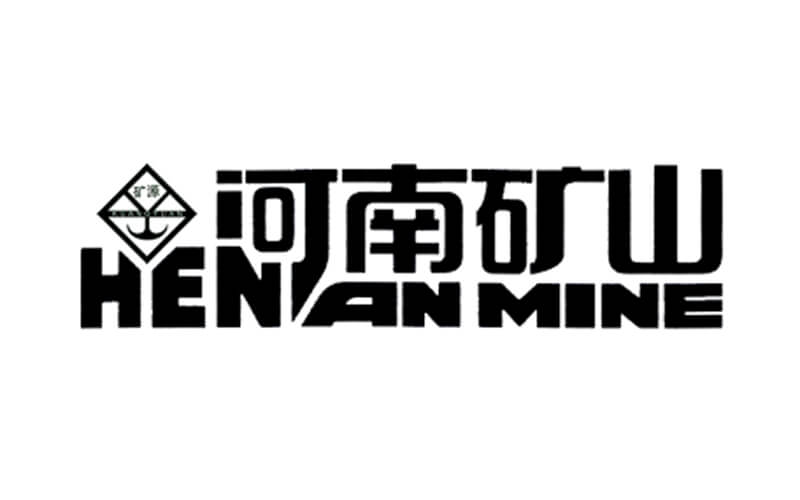
What are the dangers of lifting machinery
As a commonly used large-scale equipment, there may be some dangerous factors in the use of hoisting machinery. During the use of hoisting machinery, we must abide by the safety regulations of hoisting machinery , avoid these sources of danger, and ensure the personal safety of staff. . The editor will share with you what are the hazards of cranes.
① Squeeze and collide with people
Refers to the squeeze collision of the crane during operation. Casualties that are very common in lifting machinery operations are very dangerous and have serious consequences, often resulting in deaths. There are mainly the following situations when squeezing and colliding people in lifting machinery operations:
(a) The crane swings and squeezes and collides with people during the operation of the hoisting machinery. The main reasons are: First, due to improper operation of the driver, the speed of the mechanism changes too fast during operation, which makes the hanging object produce greater inertia. Second, due to incorrect command and unreasonable hoisting routes, the hanging objects squeezed and collided with people in the violent swing.
(b) Unstable placement of the hanging objects causes dumping and hitting people. The reasons are: First, due to improper placement of hanging objects, necessary safety protection measures have not been taken to prevent instability of major hanging objects. The second is due to poor management of the lifting operation site.
(c) Being squeezed and collided during the command or maintenance of mobile crane operations, that is, as a person, being squeezed and collided by the hoisting machinery in operation between the operating mechanism and the slewing mechanism of the hoisting machinery. The reasons are: one is due to the improper position of the command and operation personnel; the other is that the necessary safety protection measures are not taken during the overhaul operation.
(d) Squeezed and collided during patrol inspection or maintenance of bridge cranes , that is, the operator is squeezed and collided by the crane in operation between the lifting appliance and the building. The main reasons: one is due to the lack of mutual contact between the inspectors or maintenance personnel and the driver; the other is that the necessary safety protection measures are not taken during the maintenance work.
②Electric shock
Electric shock refers to the electric shock caused by the operator touching the live body during the operation of the lifting machinery. Most of the hoisting machinery operations are in a somewhat modest operating environment, and electric shock injuries and deaths are also common casualties that occur in hoisting machinery operations. There are mainly the following situations:
(a) The driver touches the trolley line
When the hoisting machinery driver’s cab is set on the same side of the trolley line, the driver attaches great importance to touching the trolley line and gets an electric shock. The main reasons are: one is because the position of the driver’s cab is unreasonable; the other is because the crane is not equipped with a protective plate near the end of the slide line, which caused the driver to get an electric shock.
(b) Touching high-voltage transmission lines
The main reasons are: firstly, the necessary safety protection measures are not taken when the hoisting machinery is working under high-voltage wires; secondly, due to improper command and wrong operation, the crane is electrified and the operator gets an electric shock.
(c) Leakage of electrical facilities
The main reasons are: First, the electric facilities of the hoisting machinery are not in time, causing electric leakage; second, the driver’s cab is not equipped with a safety protective insulating pad, which causes the driver to get an electric shock due to electric leakage.
(d) The lifting rope touches the contact line
The main reasons are: firstly, due to improper lifting method, slanting the oblique crane violates safety regulations; secondly, because the hoisting machinery is close to the end of the contact line without a trolley line and is electrified, the operator gets an electric shock.
③Falling from high places
Refers to the falling of the crane operator from the crane. Falling from height mainly occurs during the installation and maintenance of lifting machinery. Including the following situations:
(a) The main reasons for the drop of the maintenance cage are: first, the design structure of the maintenance cage is unreasonable (such as insufficient height, material selection does not meet the requirements, etc.); second, improper operation by the maintenance personnel; third, the maintenance operators did not take necessary measures The safety protection measures caused the maintenance cage to fall together with the maintenance workers.
(b) The main reasons for the fall when crossing the crane are: one is because the maintenance workers did not take the necessary safety measures; the other is because the workers were paralyzed and operated in violation of regulations, resulting in a fall from a height.
(c) During the installation or disassembly of a liftable tower crane, the tower fell along with the operator. The main reasons are: one is the unreasonable design structure of the tower body; the other is that the disassembly method is improper and the operator and the commander cooperated incorrectly, which caused the tower body and the operators to fall together.
④Falling objects and hitting people
Refers to the hanging objects or spreaders falling from a height to the operators and other personnel. This is a common casualty accident in the operation of hoisting machinery, which is extremely dangerous and has serious consequences, often leading to casualties.
(a) The binding and scraping method is improper. One is because the angle between the steel ropes is too large, and there is no balance beam; the other is because the hanging objects with edges and corners are not equipped with protective plates.
(b) Defects in slings. One is because the wire rope of the hoisting mechanism is broken, causing the hanging object to fall; the other is the defect of the fishing hook.
(c) Overload. One is that the operator is not clear about the weight of the suspended object and rashly lifts it blindly; the other is that the sling is broken due to the overload of the inclined crane.
(d) Over-winding. The main reason is that the limiter is not installed or the limiter is out of order, and the hoisting cannot be cut off in time until the hoisting wire rope is wound.
⑤The body overturns
Refers to the overturning of the entire crane during operation. It usually occurs in mobile cranes and tower cranes engaged in open-air operations. There are three main situations:
(a) Being blown down by a strong wind. Due to the failure of the rail clamp of the crane for the missing filling operation and the crane for the open-air operation, there is no wind-proof anchoring device.
(b) The crawler crane tipped over. The machine body tipped over due to the non-compliance of the hoisting operation site, improper operation methods, and command errors.
(c) Overturning of truck-mounted and rubber-tyred cranes. Because the lifting operation site does not meet the requirements, the outriggers do not meet the requirements, improper operation, overload and other reasons.
How to avoid the source of danger
Establish and improve the post responsibility system for safety management of lifting machinery, and the management system of safety technical archives of lifting machinery; strengthen training and education, and conduct safety technical training and assessment for lifting machinery operators , so that they can work with certificates; implement system safety management; Strengthen safety supervision.


